10 crazy prescription drug names
Appellations for medications can be a bit loopy
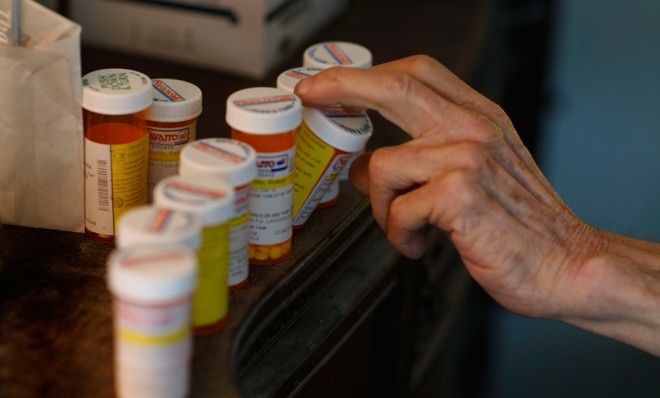

1. Anakinra
Will this drug make you a sky walker? Well, if you have rheumatoid arthritis, it may help. And did the people who named this drug (brand name Kineret) have a fondness for Star Wars? It appears to be a coincidence. Interleukin receptor agonists (of which this is one) get the suffix -kinra, and if it's interleukin-1, the suffix is -nakinra. So it's just luck that if you add an a for the prefix, you get something that sounds like a young Darth Vader (now how about something for that asthma?).
2. Cisplatin
The Week
Escape your echo chamber. Get the facts behind the news, plus analysis from multiple perspectives.

Sign up for The Week's Free Newsletters
From our morning news briefing to a weekly Good News Newsletter, get the best of The Week delivered directly to your inbox.
From our morning news briefing to a weekly Good News Newsletter, get the best of The Week delivered directly to your inbox.
Would you put a splat right in your drug name? Well, this chemotherapy drug for cancer — a pioneer in its class, and on the market since 1978 — actually got its name from being an isomer of a platinum-containing compound. The two isomers (molecules that are the same except for their orientation) of the compound are the trans ("that side") and cis ("this side") isomers. The cis one works against some kinds of cancer.
(RELATED: How do prescription drugs get such crazy names?)
3. Domperidone
If your stomach is not moving food through quickly and you're experiencing nausea, would you want a glass of Dom Pérignon? Hmm. How about a tablet of domperidone? It's used to treat that as well as to help nursing mothers with milk production, and is a popular choice in some places, though not officially approved in the U.S. But say… how did it get this name? All the other drugs that end in -peridone are antipsychotics. Yes, but they have this in common with domperidone: They block the effects of dopamine in your system. (Champagne, as it happens, does the opposite.)
A free daily email with the biggest news stories of the day – and the best features from TheWeek.com
4. Idebenone
Does this look like it should be said like "I'd be none"? Actually, it's said like "eye-deb-a-known." It's a new drug that has been tried for treating Alzheimer's disease and some other neurological disorders, but it hasn't really been very successful in the market. If you go looking for any bottles of it in your local pharmacy, I'd bet you'd find none.
5. Moxifloxacin
Two x's? This sounds like the name of a pop or rock group, but it's actually an antibiotic that you can buy under the brand name Avelox. The -floxacin signifies that it belongs to the type of drugs called fluoroquinolones. The moxi? I think the guys at Bayer who came up with the name just had some moxie — I don't think it's a double-cross.
6. Pancuronium
Does this sound like a name for a cure-all? Well, it depends on what you mean by cure, I suppose… It's a very potent muscle relaxant. That makes it useful for some surprising things. Most notably, perhaps, it's the second of three drugs given during execution by lethal injection. The cur part of the name is a reference to curare, to which it has some chemical resemblance. There are several -curonium drugs on the market. By the way, the full chemical name for pancuronium bromide is [(2S,3S,5S,8R,9S,10S,13S,14S,16S,17R)-17-acetyloxy-10,13-dimethyl-2,16-bis(1-methyl-3,4,5,6-tetrahydro-2H-pyridin-1-yl)-2,3,4,5,6,7,8,9,11,12,14,15,16,17-tetradecahydro-1H-cyclopenta[a]phenanthren-3-yl] acetate. If you don't need a muscle relaxant after reading that, you're doing pretty well.
7. Phensuximide
Here we have a drug name with sux right in the middle of it. But if you think that sucks, seizures are even worse, and that's what this drug treats, though it's not a new drug and not used much anymore. It gets its name from being a succinimide, which means it's related to succinic acid — which takes its name from succinum, the Latin for "amber," which the acid can be obtained from.
8. Vinblastine
Does this drug blast away at something, maybe like some guy named Vinnie? Hmm, how about if Vinnie was with his girlfriend Christine? You see, vinblastine and the related drug vincristine are used to blast away at cancers — they're chemotherapy drugs. They get their names from Vinca rosea, which is the formal name for the Madagascar periwinkle, from which they're extracted. The blast part refers to a certain kind of precursor cell that is sometimes involved in cancers (among many other things).
9. Warfarin
Speaking of things that sound like warfare… This is actually one of the grand old drugs on the market. It's an anticoagulant drug, good for breaking up blood clots; its best-known brand is called Coumadin. It's been around longer than the U.S. Adopted Names Council, which approves generic names. (More on them here.) Back in the 1920s, a substance found in many plants was found to cause animals to bleed to death in high enough doses. This substance was called coumarin, after coumarou, a French name for the Tonka bean. A more potent version of this substance was developed by the Wisconsin Alumni Research Foundation (WARF) and named warfarin after them. It was used as rat poison for years before it was noticed that, in appropriate doses, it could be helpful for treating humans. It's still sometimes used for warfare on rats — though still-more-potent versions are more popular now.
10. Xylometazoline
If you can't get your mouth around this, how about sticking it up your nose? I wouldn't be surprised if you already have: It's the active ingredient in Otrivin and some other decongestant nasal sprays. All drugs ending in -azoline are a particular kind of vasoconstrictor (that's not a snake, it's something that tightens up blood vessels). The xylo part happens to be a Greek root referring to wood. Which is what your nose may feel like when stuffed up.
James Harbeck is a professional word taster and sentence sommelier (an editor trained in linguistics). He is the author of the blog Sesquiotica and the book Songs of Love and Grammar.
-
 Heavenly spectacle in the wilds of Canada
Heavenly spectacle in the wilds of CanadaThe Week Recommends ‘Mind-bending’ outpost for spotting animals – and the northern lights
-
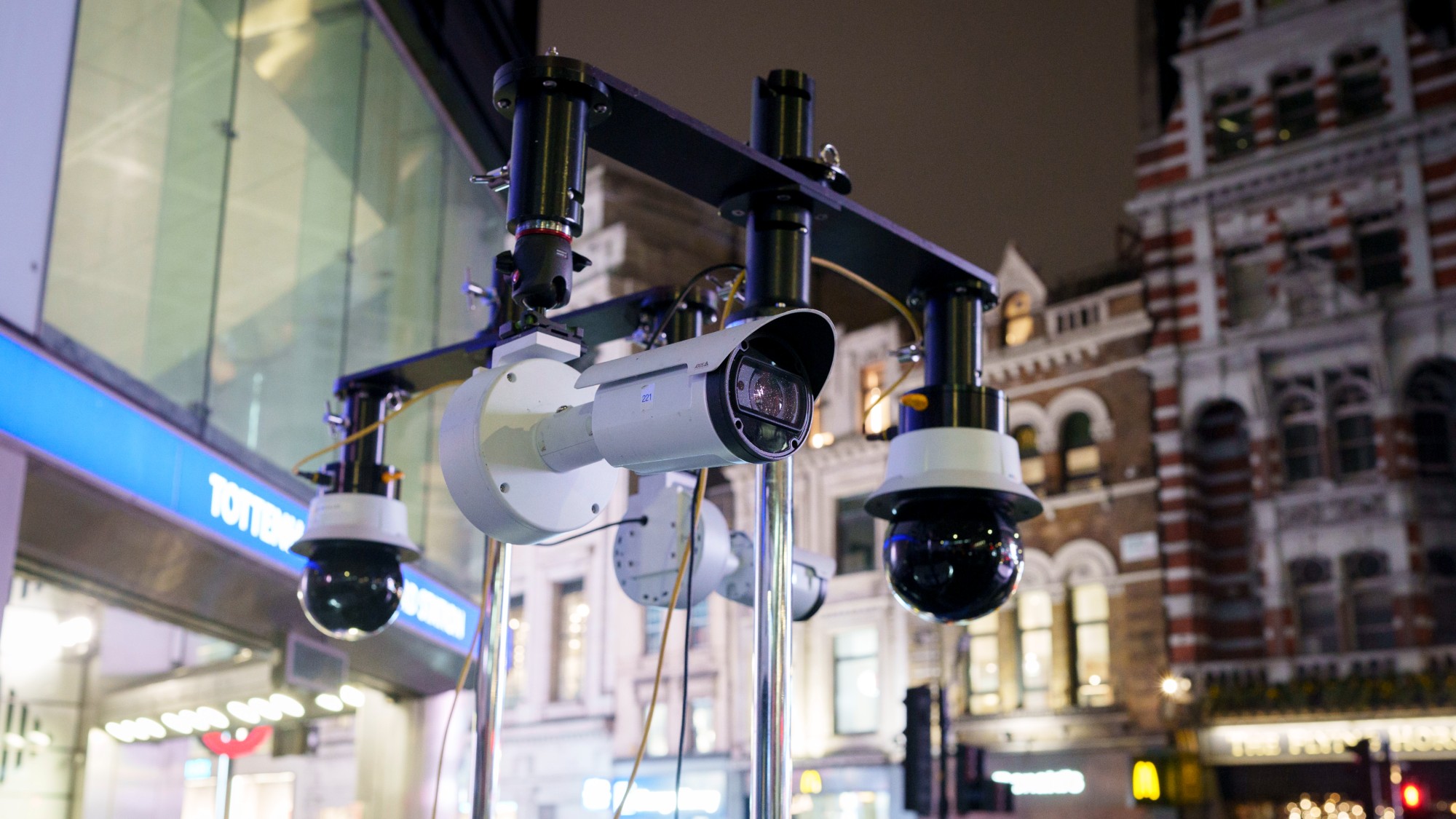 Facial recognition: a revolution in policing
Facial recognition: a revolution in policingTalking Point All 43 police forces in England and Wales are set to be granted access, with those against calling for increasing safeguards on the technology
-
 Sudoku hard: December 14, 2025
Sudoku hard: December 14, 2025The daily hard sudoku puzzle from The Week
-
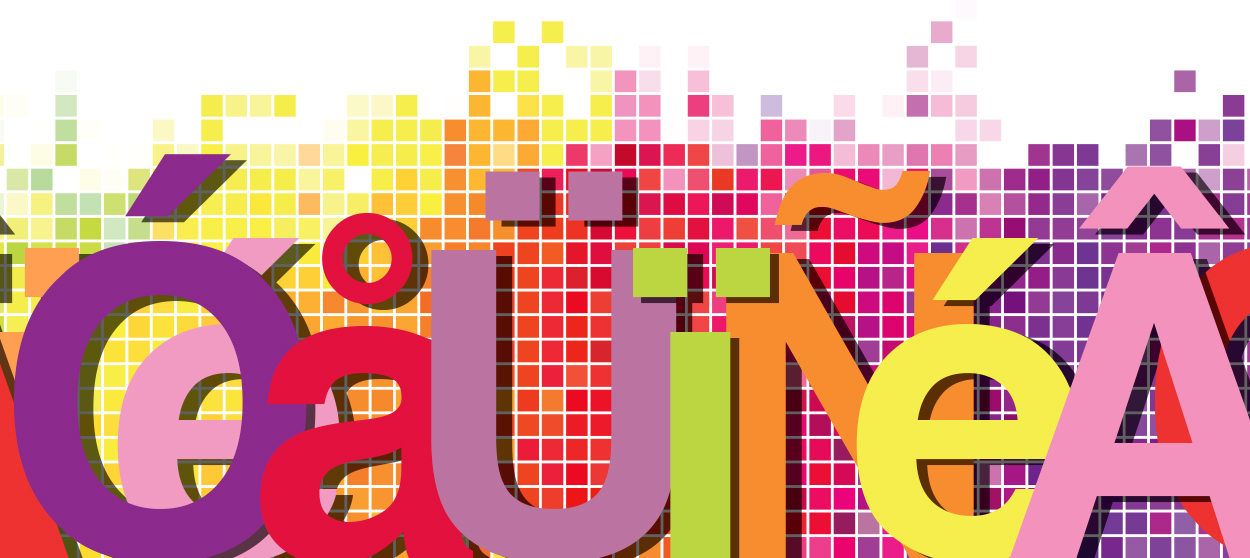 In the future, will the English language be full of accented characters?
In the future, will the English language be full of accented characters?The Explainer They may look funny, but they're probably here to stay
-
 10 signature foods with borrowed names
10 signature foods with borrowed namesThe Explainer Tempura, tajine, tzatziki, and other dishes whose names aren't from the cultures that made them famous
-
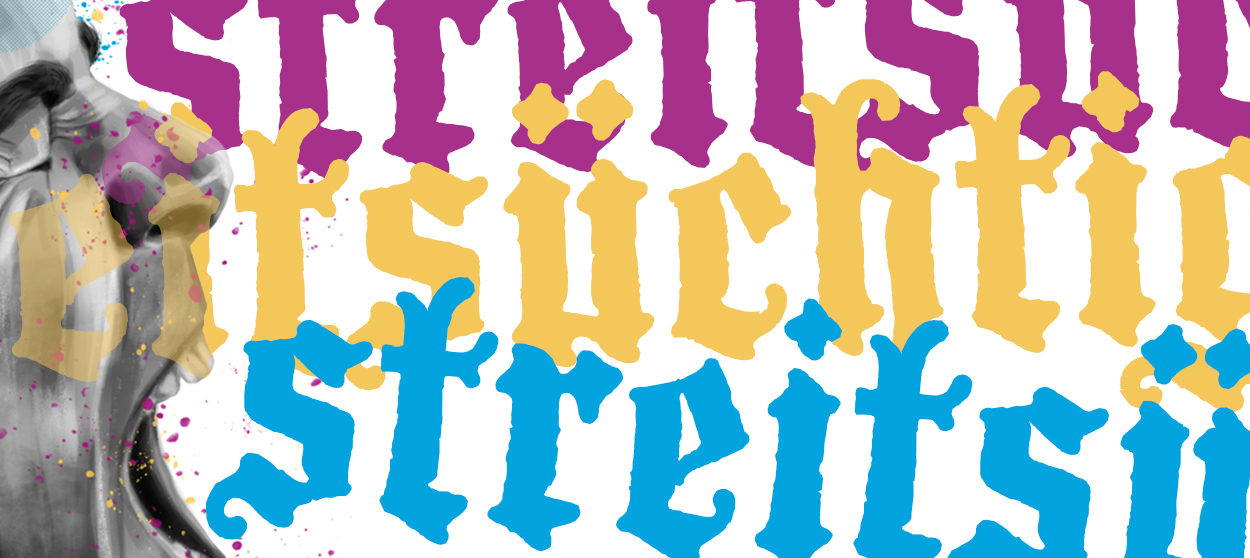 There's a perfect German word for America's perpetually enraged culture
There's a perfect German word for America's perpetually enraged cultureThe Explainer We've become addicted to conflict, and it's only getting worse
-
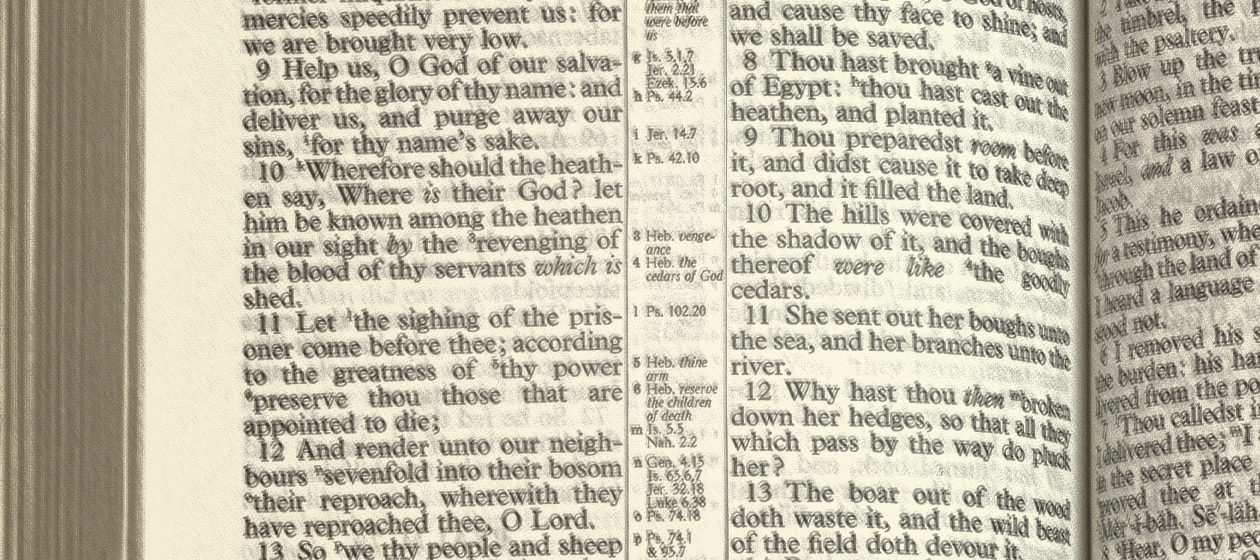 The death of sacred speech
The death of sacred speechThe Explainer Sacred words and moral terms are vanishing in the English-speaking world. Here’s why it matters.
-
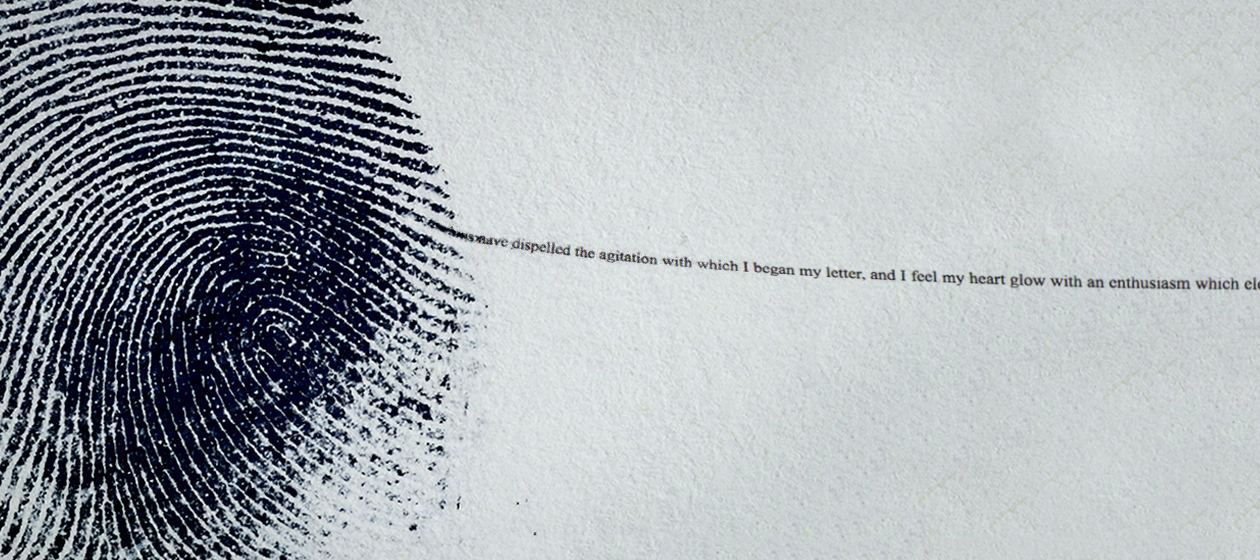 The delicate art of using linguistics to identify an anonymous author
The delicate art of using linguistics to identify an anonymous authorThe Explainer The words we choose — and how we use them — can be powerful clues
-
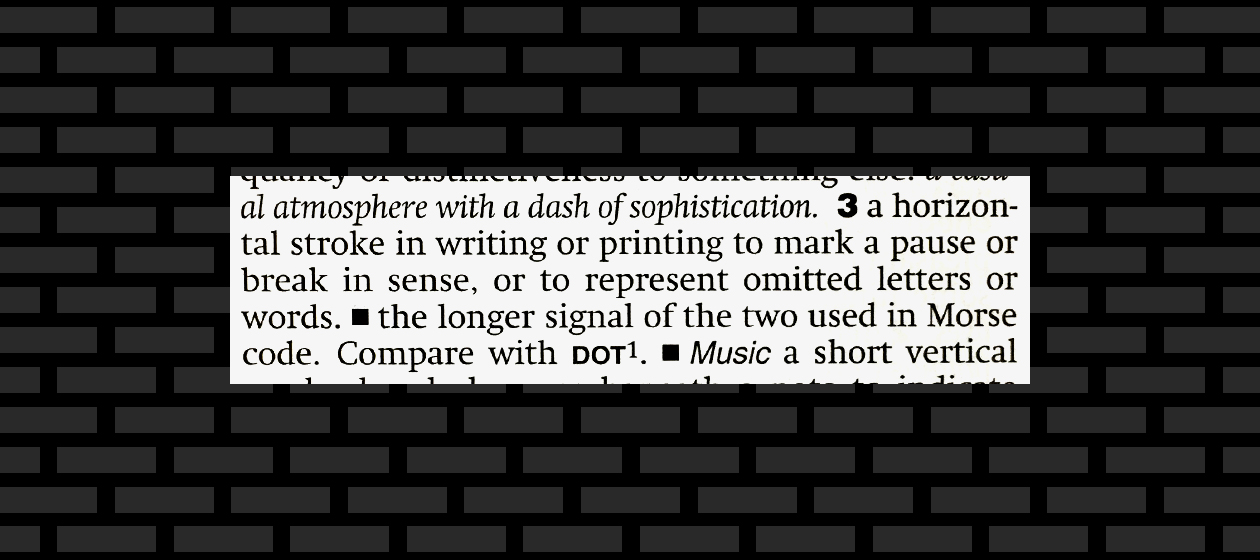 Dashes and hyphens: A comprehensive guide
Dashes and hyphens: A comprehensive guideThe Explainer Everything you wanted to know about dashes but were afraid to ask
-
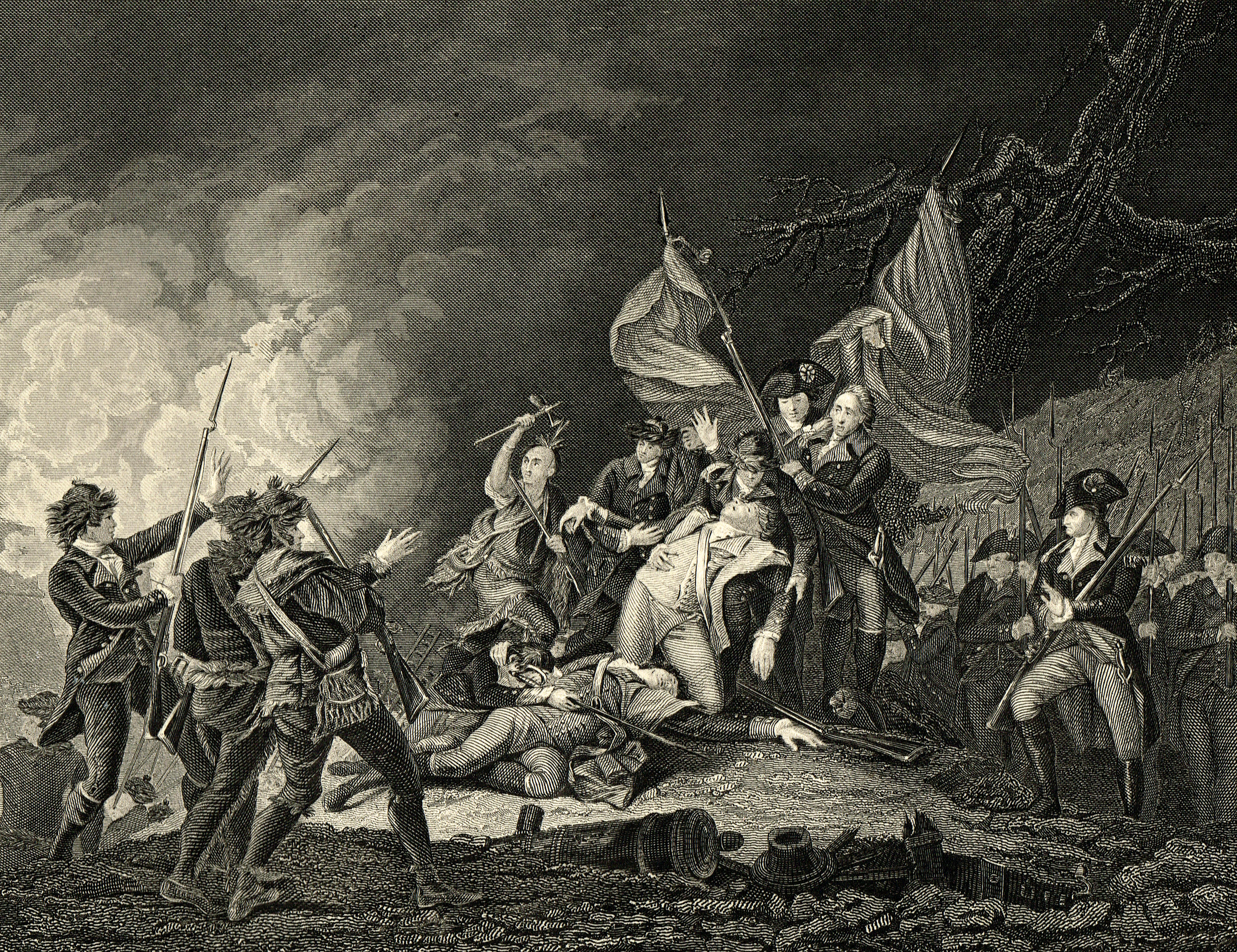 A brief history of Canadian-American relations
A brief history of Canadian-American relationsThe Explainer President Trump has opened a rift with one of America's closest allies. But things have been worse.
-
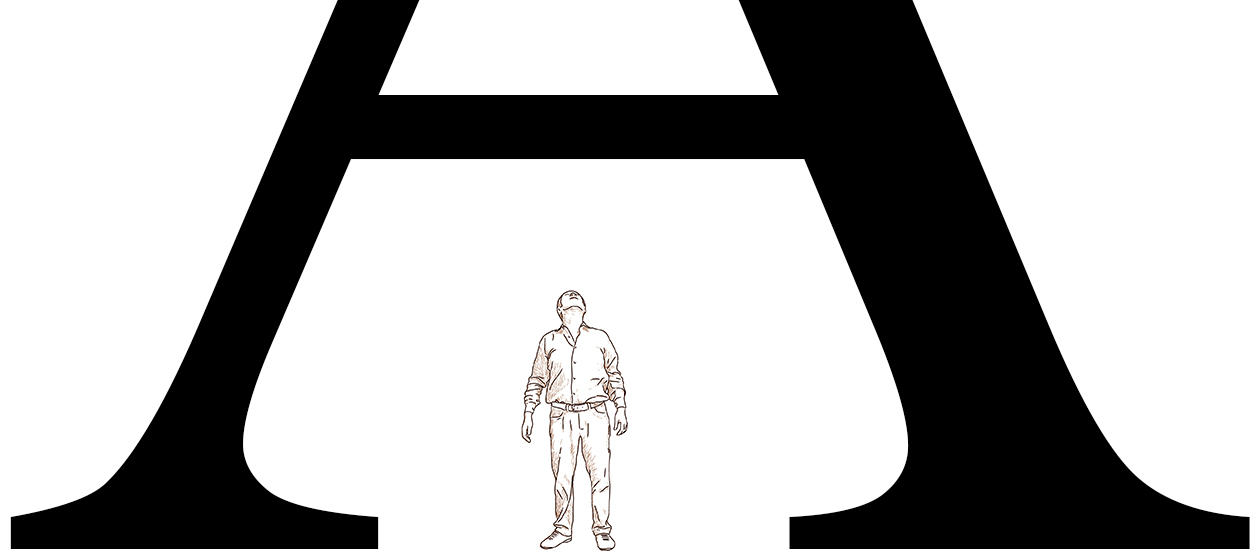 The new rules of CaPiTaLiZaTiOn
The new rules of CaPiTaLiZaTiOnThe Explainer The rules for capitalizing letters are totally arbitrary. So I wrote new rules.
